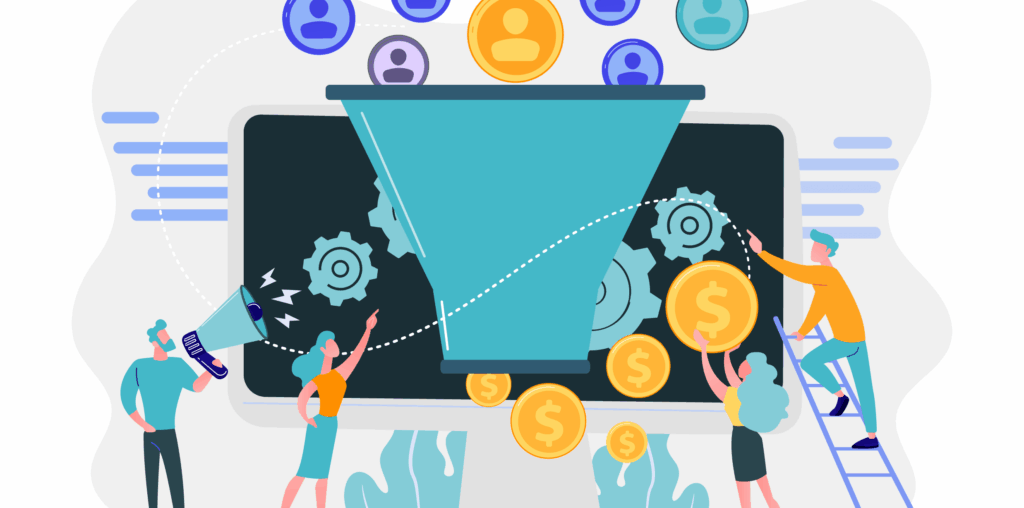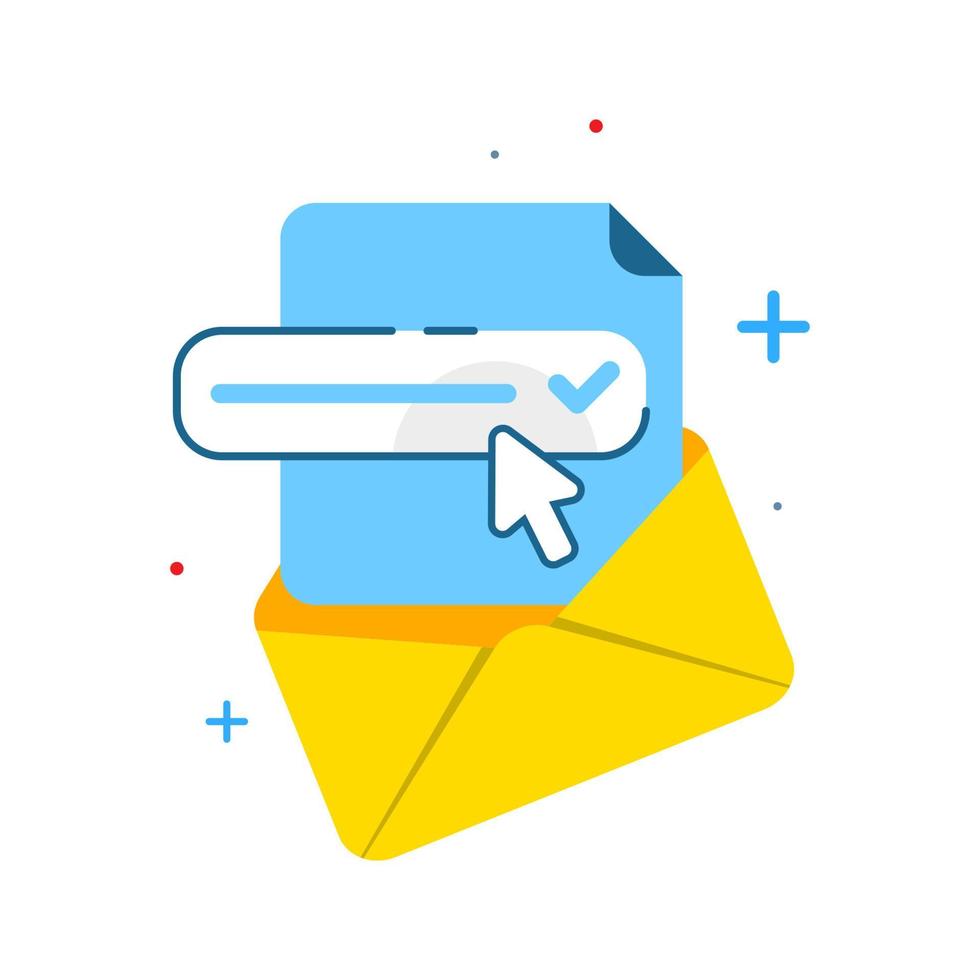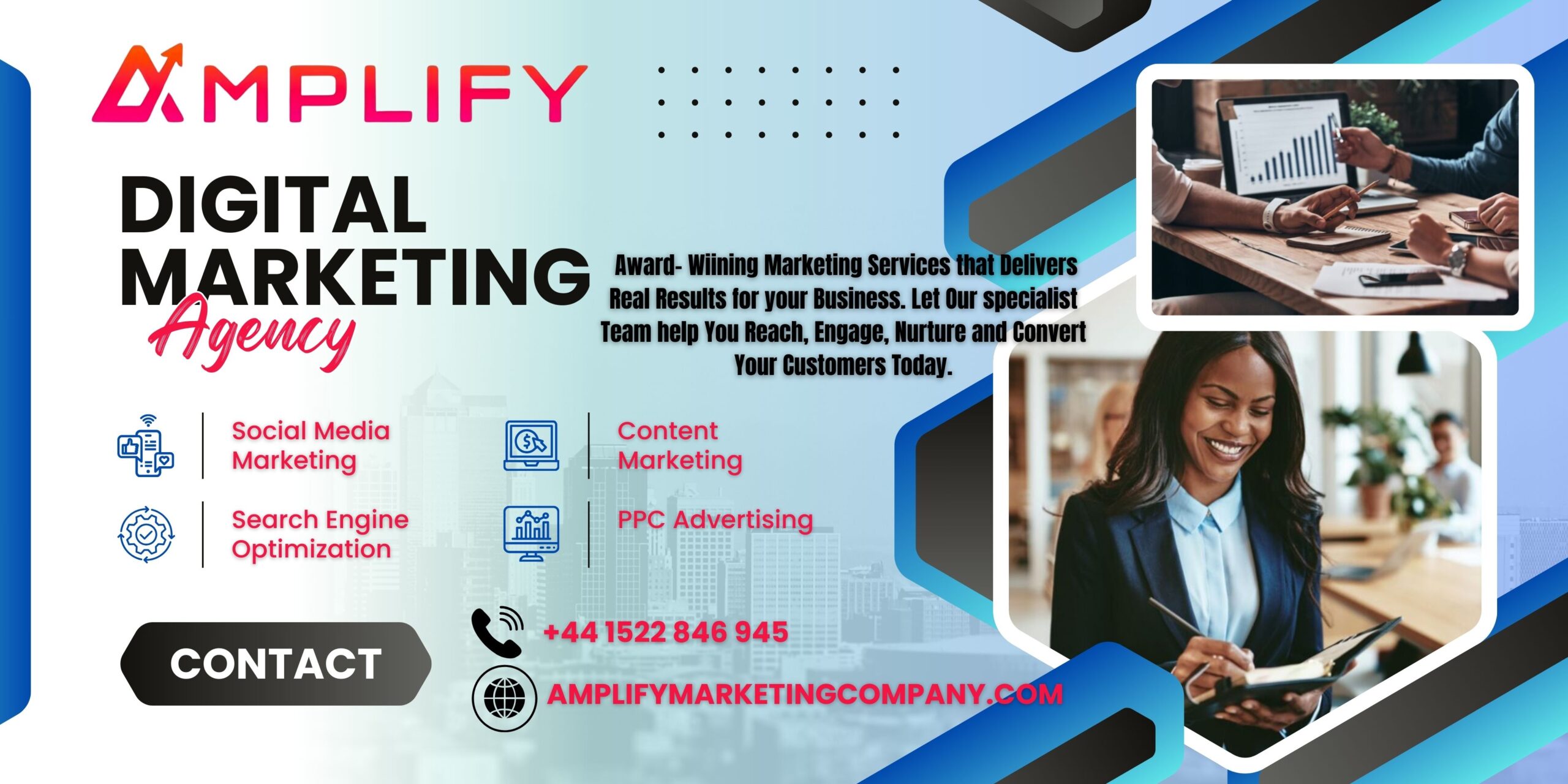Introduction
If you’re aiming to scale your business effectively, you need a strategy that aligns your sales process with customer behavior. That’s exactly where the concept of a sales funnel comes in. But first, let’s tackle the question: what is a sales funnel?
In essence, a sales funnel is a strategic model that outlines how potential customers transition from being unaware of your brand to becoming loyal buyers. When used properly, it becomes a roadmap to maximize lead conversion, reduce friction, and guide your prospects with intention.
Understanding the Structure of a Sales Funnel
To truly appreciate the power of the sales funnel, you must understand its layered approach. As customers move down the funnel, the number of leads decreases, but the quality improves.
1. Awareness Stage
Your first objective is exposure. You want to appear in search results, social feeds, and industry forums. Think top-of-funnel content: blog articles, how-to videos, and infographics that answer key questions. Use SEO best practices here to ensure discoverability.
2. Consideration Stage
Once people know about you, your goal shifts to building interest. Offer value-packed content that explains what sets you apart. Examples include downloadable whitepapers, case studies, webinars, and comparison charts.
3. Conversion Stage
Here, the lead is on the verge of purchasing. Your job is to remove objections and create urgency. Leverage testimonials, free trials, discount codes, or one-on-one demos. Optimize your checkout pages, reduce steps, and provide clear CTAs.
4. Loyalty Stage
Smart marketers know the funnel doesn’t stop after the first sale. Continue engaging customers through loyalty emails, feedback surveys, and referral incentives. A returning customer not only buys more often but also helps spread word-of-mouth.
Why the Sales Funnel Is Crucial for Growth
Understanding what a sales funnel is only the beginning. Implementing it correctly can:
- 🔹 Shorten your sales cycle
- 🔹 Improve customer targeting
- 🔹 Increase revenue per lead
- 🔹 Streamline your marketing and sales teams
- 🔹 Reduce churn and improve retention
With a funnel, your entire sales process becomes predictable and scalable.
Tactics to Improve Each Funnel Stage
To create a funnel that converts, you must fine-tune each phase:
- Top: Focus on SEO, PPC, and influencer outreach
- Middle: Use lead magnets, remarketing, and social proof
- Bottom: Employ direct messaging, product demos, and scarcity tactics
- Retention: Send value-packed follow-up emails and offer loyalty rewards
Every element must serve a purpose: guiding the lead to the next step.
How to Build a Sales Funnel from Scratch
You don’t need to be a tech expert to build a sales funnel. Here’s a step-by-step overview:
- Define Your Customer Avatar – Know your audience inside out
- Attract Leads – Use organic and paid strategies to drive traffic
- Capture Emails – Offer a freebie in exchange for contact info
- Nurture Through Email Sequences – Deliver targeted content
- Present Your Offer – Solve their problem directly
- Optimize and Retain – Analyze drop-offs and refine your flow
Using tools like Boost Inbox makes automating this entire process seamless.
Sales Funnel Metrics to Monitor
Tracking performance is non-negotiable. Key KPIs include:
- Conversion Rate by Stage
- Cost per Lead (CPL)
- Lead-to-Customer Ratio
- Customer Lifetime Value (CLTV)
- Email Open and Click Rates
By monitoring these, you’ll spot weak points and know exactly where to improve.
Conclusion
In closing, what is a sales funnel? It’s your business’s blueprint for sustainable, scalable growth. Rather than leaving customer acquisition to chance, a funnel gives you a system a repeatable process to turn cold prospects into loyal buyers.
Whether you’re a startup or an established brand, mastering the funnel means fewer missed opportunities, stronger connections, and more revenue. Start building yours today and position your business for long-term success.




